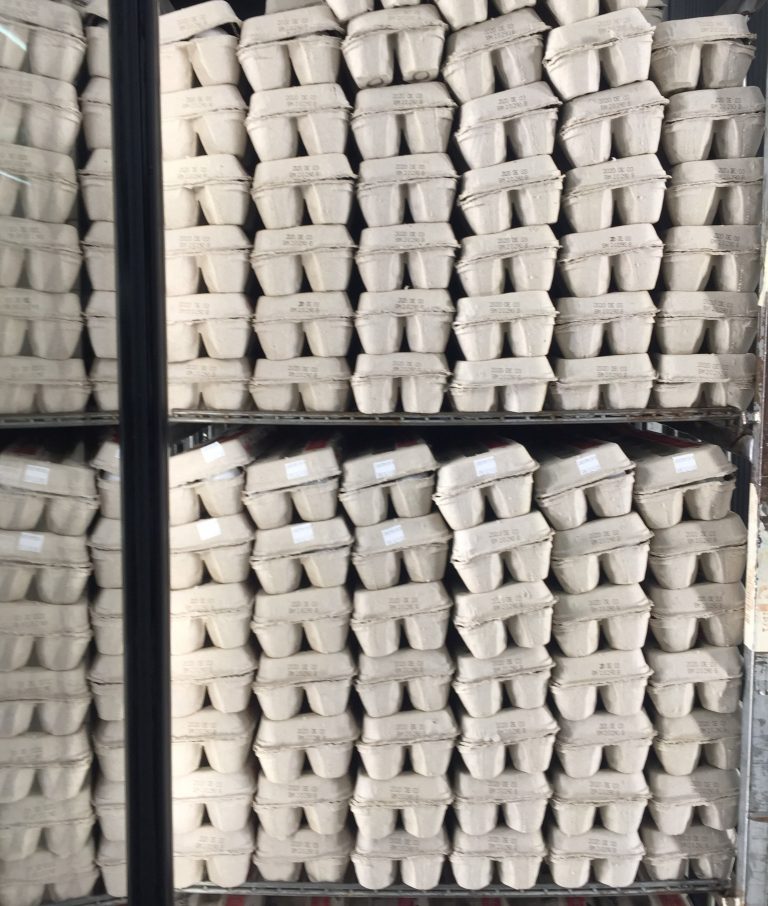Photo by Artem Beliaikin on Unsplash Production of boiler chickens (those raised for their meat, not eggs) in the US...
Podcast: Inflation is back–but for how long?

Mike Mandel and Sean Flynn discuss the latest wave of inflation, and what might happen next in this podcast.
- Today, we’re going to be talking about inflation. We recorded this podcast in the middle of February 2022, right after the February consumer price report from the Bureau of Labor Statistics, but before the Russian invasion of Ukraine.
- The price report showed that consumer prices rose by 7.5% over the past year.
- Core inflation, which takes out food and energy, was 6% over the past year, much higher than the 2% we’ve seen in recent years.
- Is this inflation going to continue? Should we be worried? Why is it happening and what policy measures should be taken to deal with this?
- Most of the inflation over the past year is in energy, food, and vehicles. The price of gasoline is up by 40% over the last year. The price of food is up by 7%, and food makes up a big share of people’s budget. The price of new vehicles is up by 12% and scarily enough, the price of used cars and trucks is up by more than 40%.
- One possible cause of this inflation is fiscal stimulus. The federal government pumped a lot of money into the economy during the pandemic, so consumers are able to spend on housing and vehicles.
- Another possible cause is disruptions in the supply chains for goods such as vehicles and food. Shortages of the semiconductor chips that go into cars and appliances have slowed down delivery.
- The Russian invasion is likely to have an upward impact on energy prices, since Russia is a major source of oil and natural gas.
- The willingness of businesses to raise prices or wages depends on their “inflation expectations”– what they expect to happen to prices in the future. If a business expects the price of its inputs to rise by 10% over the next year, it is much more likely to raise the price of its product now to try and get ahead of the game.
- The Federal Reserve is likely to react to high inflation and rising inflation expectations by raising interest rates and taking other steps to tighten monetary policy and slow the economy.
- It’s possible to raise wages faster than prices if companies are innovating and productivity is increasing.
- For example, the use of telemedicine makes it possible to deliver care with less time spent by patients and doctors. The increase in productivity could hold down price increases.
Questions
- What is the difference between core inflation and the overall inflation rate?
- If companies have high inflation expectations, are they more likely to raise the price of their products or lower the price?
- If prices rise by 6% in a year, and wages rise by 7%, are workers better off or worse off?
Sources| Podcast: https://www.buzzsprout.com/1292186/10299693












